
Dark Secrets of Harley Davidson since 1903 ?
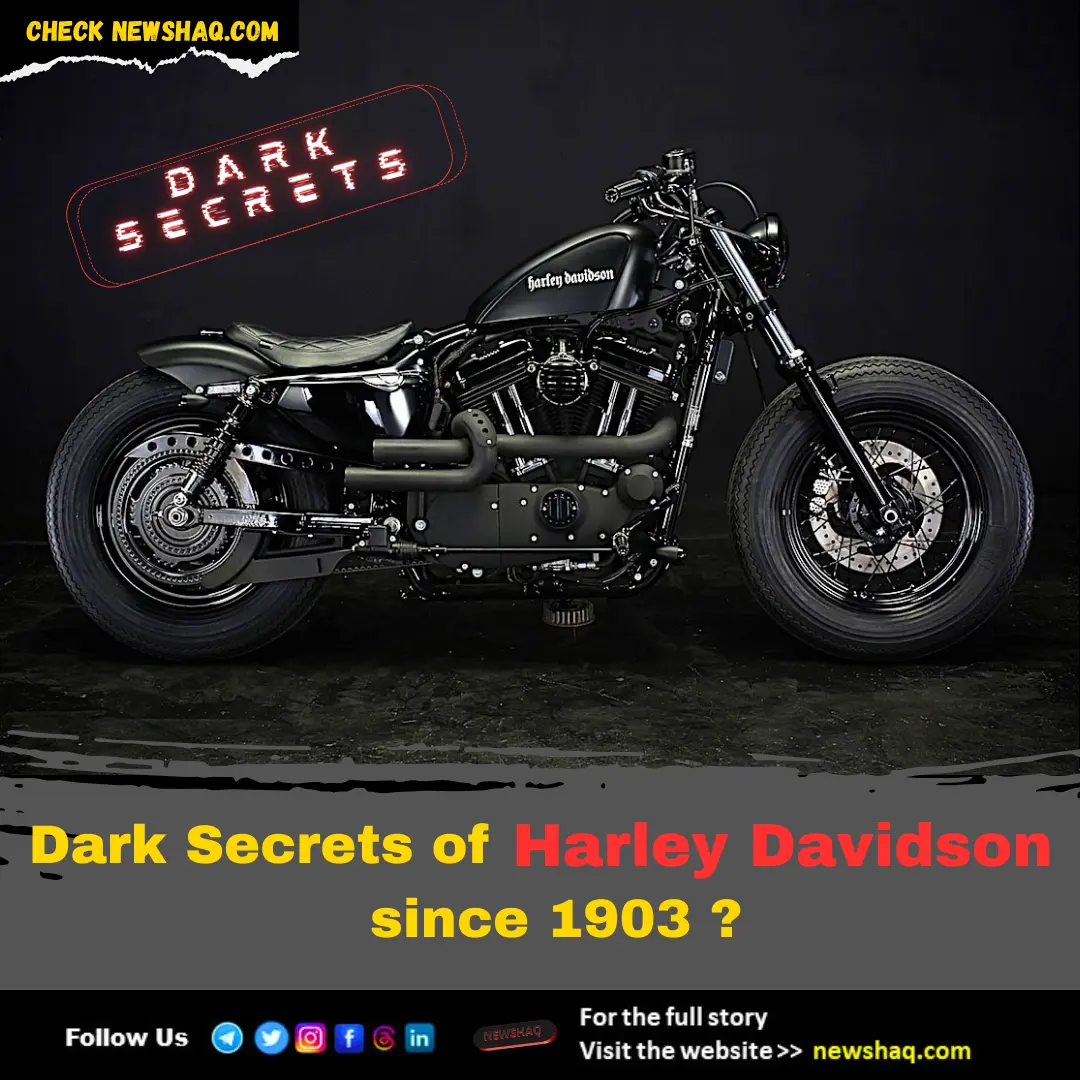
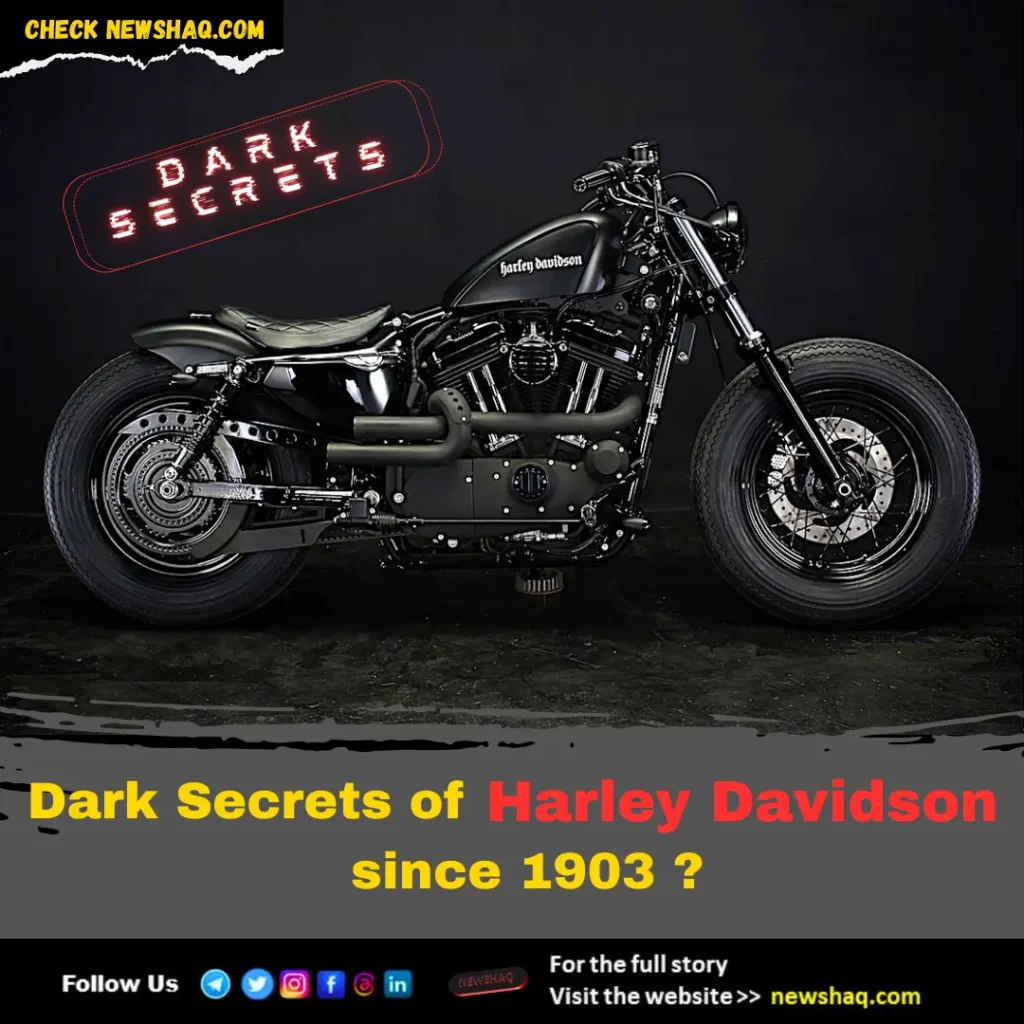
Harley-Davidson: A Legacy of Triumphs and Troubles
Harley-Davidson, founded in 1903, has become one of the world's most iconic motorcycle brands. Known for their V-Twin engines, heavy chrome, and distinct American style, Harley-Davidson motorcycles inspire both fervent devotion and intense criticism. Here's a breakdown of significant models to avoid when buying a used Harley-Davidson, based on historical issues, recalls, and commonly reported problems.
Noteworthy Models to Avoid
1999 to 2006 Twin Cam 88s
- Models Affected: Road King, Road Glide, Electra Glide, Super Glide, Low Rider, Wide Glide, Heritage Softail, Springer Softail, Fat Boy, Night Train.
- Issues:
- Cam chain tensioners prone to wear, leading to plastic particles in the oil pump.
- Engine failure due to plastic cam chain tensioners.
- Shifting issues and rare cases of crankshaft runout.
- Summary: Early models (1999-2002) had significant reliability and quality control issues, making them less desirable for buyers.
2008 to 2011 Touring, CVO Touring, and VRSCs with ABS
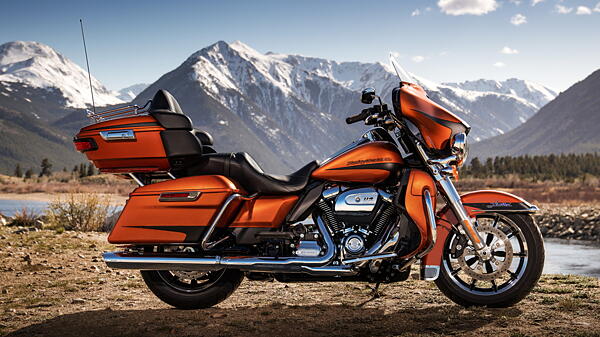
- Models Affected: Touring, CVO Touring, VRSCs.
- Issues:
- ABS failure due to neglected brake fluid maintenance.
- Increased risk of brake failure and crashes.
- Summary: Affected models had a massive recall for ABS issues. Ensuring the recall repair was completed is crucial, but avoiding these models may be safer.
2014 and 2016 Street Glide
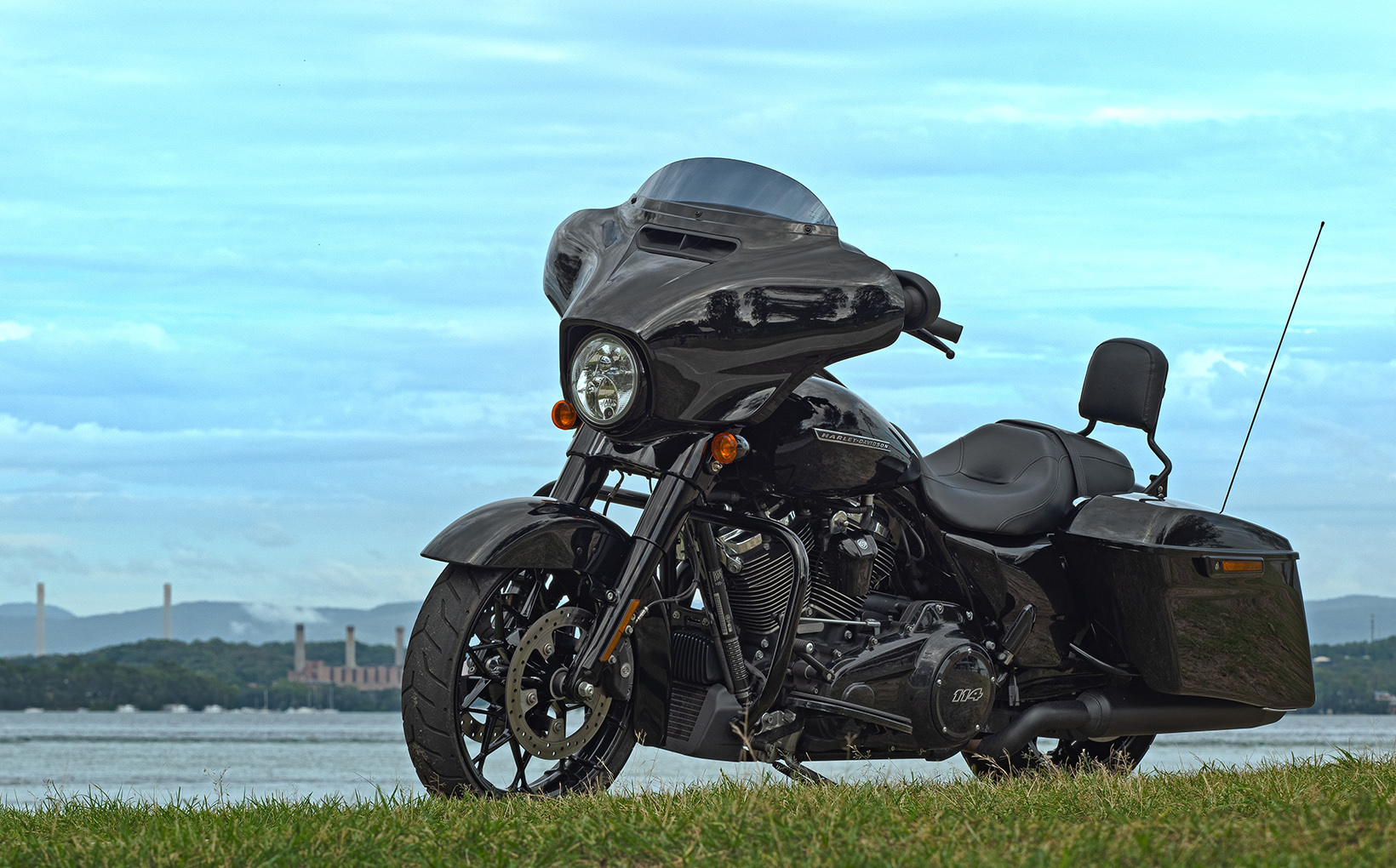
- Issues:
- Clutch malfunctions preventing disengagement.
- Brake failures due to seizing calipers and overheating.
- Electric issues and overheating.
- Summary: Recalls and widespread reports of clutch and brake issues make these years particularly problematic.
2007, 2010 to 2012, and 2015 Electra Glide
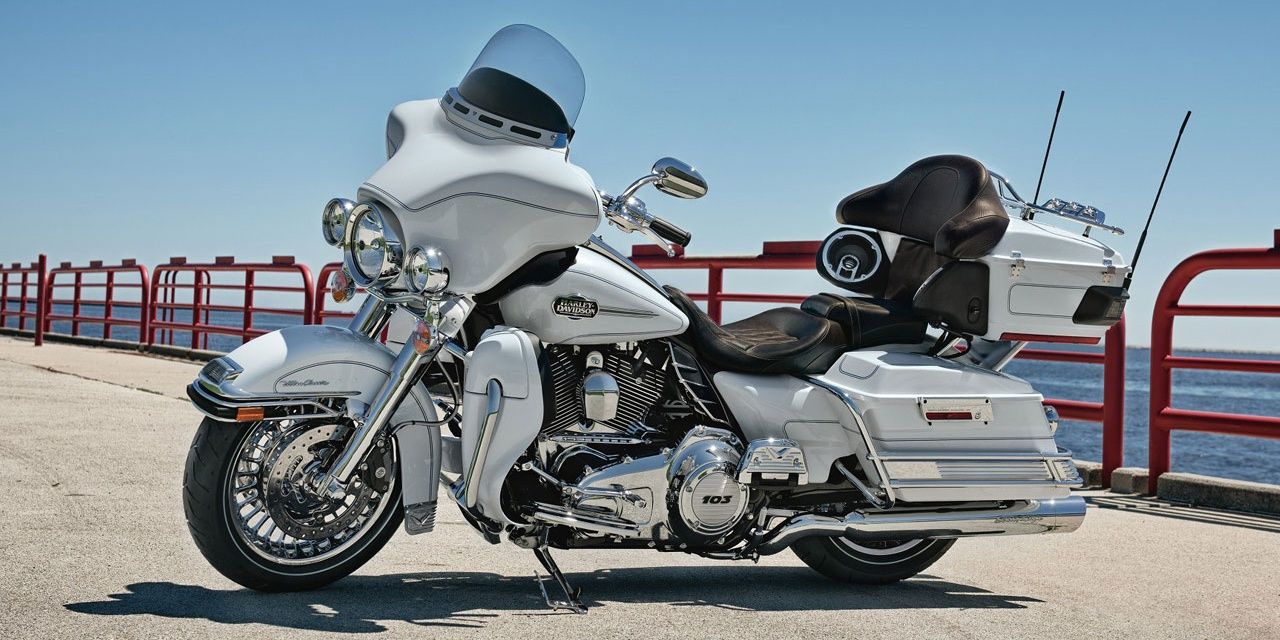
- Issues:
- "Death wobble" causing high-speed instability.
- Brake failures from seized calipers.
- Summary: These models suffer from dangerous handling and brake issues, making them risky choices for riders.
AMF Harleys (1970 to 1981)

- Issues:
- Poor build quality, with bikes often missing parts off the assembly line.
- Vibrations due to non-rubber-mounted engines, causing discomfort and damage.
- Leaky engines and transmissions.
- Summary: These models were produced during a low point in Harley's history and are best avoided due to their numerous reliability issues.
Detailed Insights
Twin Cam 88 (1999-2006): Harley's introduction of the Twin Cam 88 in 1999 aimed to modernize its lineup, but it was met with significant problems. The cam chain tensioners, made of plastic, would wear out and introduce debris into the oil system, leading to engine failure. Shifting issues and rare instances of crankshaft runout further plagued these models. The initial years (1999-2002) were particularly problematic, with many riders reporting substantial reliability issues.
ABS Models (2008-2011): Harley's Touring and VRSC models from 2008 to 2011 with ABS faced severe brake issues due to poor maintenance habits. Failing to flush brake fluid regularly caused the ABS components to stick, increasing the risk of brake failure. Despite a recall and free repairs offered by Harley, these models remain a risky choice due to the critical nature of brake safety.
Street Glide (2014, 2016): The Street Glide, a premium touring bike, encountered numerous problems in 2014 and 2016. Recalls for clutch malfunctions and brake issues highlighted serious safety concerns. Riders reported clutch failures that prevented disengagement, brake failures from overheating calipers, and a host of electrical issues. These models demand careful consideration and potential brake component upgrades before use.
Electra Glide (2007, 2010-2012, 2015): The Electra Glide, a longstanding Harley staple, exhibited severe handling issues known as the "death wobble," where high-speed vibrations and instability posed significant risks. Additionally, models from 2010 and 2011 were involved in the same ABS recall as other Touring models, compounding the safety concerns.
AMF Era (1970-1981): The period when Harley was under AMF's ownership saw drastic reductions in quality. Workforce cuts and increased production targets led to bikes with missing parts and poor assembly. Vibrations due to the lack of rubber-mounted engines caused discomfort and potential damage, while oil and transmission fluid leaks were common. These models are best avoided for anyone seeking a reliable and enjoyable ride.
Summary
Harley-Davidson has a storied history filled with both triumphs and challenges. While many models are beloved for their style and performance, certain years and models have significant issues that potential buyers should be aware of. From engine failures and brake issues to handling problems and poor build quality, avoiding these problematic models can save riders from costly repairs and potential safety hazards. Always check for recall repairs and maintenance history when considering a used Harley-Davidson to ensure a safer and more reliable ride.
We have a dedicated team of three passionate individuals working tirelessly to bring you the news you need. Our team is led by Kaushalendra, the visionary owner and founder of Newshaq, who is committed to simplifying news delivery. Alongside Kaushalendra, we have two other team members who are equally dedicated to our mission of making news accessible and understandable for all.























Post Comment